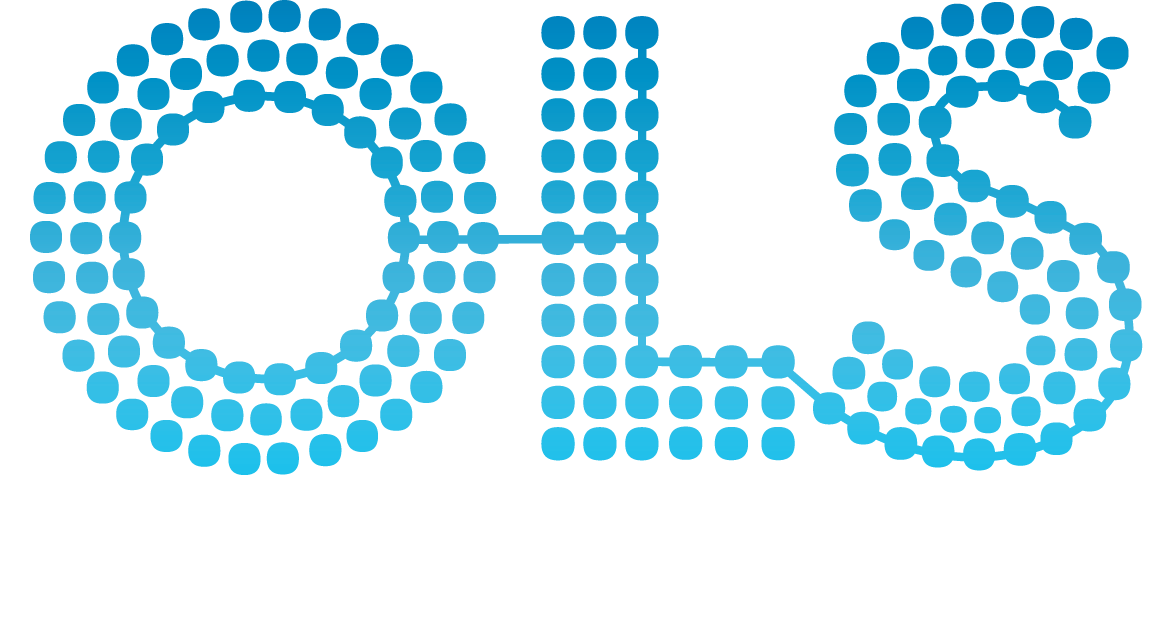Virus Expression Database



Submitted by Guilherme Ferreira Silveira (Instituto Carlos Chagas, Brazil) on Sep 09 2013
Platform: microarray – [HuGene-1_0-st] Affymetrix Human Gene 1.0 ST Array [transcript (gene) version] 
Pubmed: 26340409
Summary Dengue is one of the most important arboviruses in the world, with 2.5 billion people living in areas under risk to contagious. Mosquitos from Aedes genus is the transmission vector of viral particles.
The virus genome inserted in these particles is formed by a single strain of RNA molecule which codifies three structural (C, prM, and E proteins) and seven non-structural proteins (NS1, NS2A, NS2B, NS3, NS4A, NS4B, and NS5).
The NS3 protein is involved in viral replication, with helicase (NS3hell) and protease functions. Once inoculated, the primary target for dengue virus (DV) infection is the Dendritic Cells (DC) in the site of mosquitos bit.
The Dendritic Cells is the most efficient antigen-presenting cell holding the connection of innate immune system with adaptive immune system. In this study we examined the response of human monocyte-derived DC (mdDCs) DV-infected with two different strains how contain a single point mutation in L435S or L480S position of NS3hell protein, named vBAC-NS3435 and vBAC-NS3480 respectively.
The analysis of these results demonstrated that the mutated strains can infect more efficiently the mdDCs compared with parental virus (vBACDV1) with more percentage of cells infected, replication and virus progeny.
Infections of mdDCs with mutated DV can induce a differentiated response in gene profile of theses cells, with up-regulation of IFN Signaling and PRR canonical pathways. In the PRR pathway the expression of TLR3 and TLR7 was determined and these seem to be the route of sensing of the ssRNA-virus for the infected mdDCs. These sensing of the DV by mdDCs is translated in production of Type I IFN.
The Type I IFN production was more important in mdDC DV-infected with mutated strains compared with parental strain. However, the enhanced levels of Type I IFN production were unable to prevent mdDCs infection by mutated strains.
A18:J192replication. In the absence of Type I IFN action, the percentage of mdDCs infected by mutated strains was significantly incremented compared with DV-infection in the presence of Type I IFN, demonstrating that the Type I IFN action was effective but not sufficient to prevent viral replication of mutated strains. The single point mutation in NS3hell protein of vBAC-NS3435 and vBAC-NS3480 are sufficient to enhance the replication and bypass the Type I IFN action. All these results together can demonstrated that the single point mutation in a NS3hel protein of DV can subvert the normal replication pathway of the virus and these change can’t by controlled by human mdDC production of Type I IFN.
| ID | Title | Cell Type | Timepoint | Reported Virus | Virus Species | Exclusion Reason |
|---|---|---|---|---|---|---|
| GSM1226587 | 60 - 8hrs | dendritic cell  |
8 hrs | DENV1/60 | Dengue virus | |
| GSM1226588 | 60 - 24hrs | dendritic cell  |
24 hrs | DENV1/60 | Dengue virus | |
| GSM1226589 | 60 - 48hrs | dendritic cell  |
48 hrs | DENV1/60 | Dengue virus | |
| GSM1226590 | 435 - 8hrs | dendritic cell  |
8 hrs | DENV/435 | Dengue virus | |
| GSM1226591 | 435 - 24hrs | dendritic cell  |
24 hrs | DENV/435 | Dengue virus | |
| GSM1226592 | 435 - 48hrs | dendritic cell  |
48 hrs | DENV/435 | Dengue virus | |
| GSM1226593 | 480 - 8hrs | dendritic cell  |
8 hrs | DENV/480 | Dengue virus | |
| GSM1226594 | 480 - 24hrs | dendritic cell  |
24 hrs | DENV/480 | Dengue virus | |
| GSM1226595 | 480 - 48hrs | dendritic cell  |
48 hrs | DENV/480 | Dengue virus | |
| GSM1226596 | Mock - 8hrs | dendritic cell  |
8 hrs | mock | Uninfected | |
| GSM1226597 | Mock - 24hrs | dendritic cell  |
24 hrs | mock | Uninfected | |
| GSM1226598 | Mock - 48hrs | dendritic cell  |
48 hrs | mock | Uninfected |